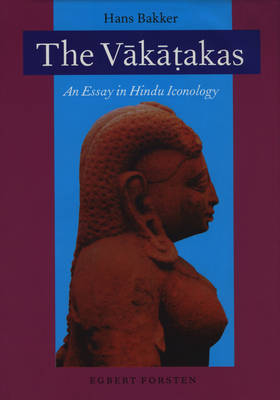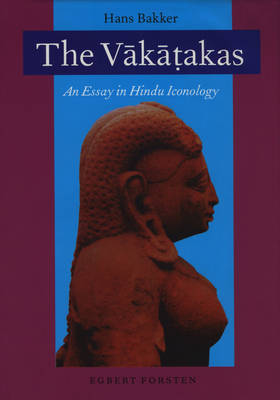
- Afhalen na 1 uur in een winkel met voorraad
- Gratis thuislevering in België vanaf € 30
- Ruim aanbod met 7 miljoen producten
- Afhalen na 1 uur in een winkel met voorraad
- Gratis thuislevering in België vanaf € 30
- Ruim aanbod met 7 miljoen producten
Zoeken
Omschrijving
For now more than half a century, scholars of the history of Western art have become familiar with the idea that art is embedded in a social and cultural context which imbues it with meaning and as such may be viewed as a source which generates knowledge concerning this context; this again may result in a better understanding of the artefact itself. This synthetic method of investigation, known under the name of 'iconology, ' has proved to be of great value in the research of the history of culture. The present book is an essay in which the 'classical age' of India is studied by exploring textual as well as archaeological sources that relate to the kingdom of the Vākāṭakas, the southern neighbours of the Guptas in the fourth and fifth centuries AD.
A great number of inscriptions and Hindu sculptures have been discovered and published during the last two decades. Among these inscriptions the one found in the Kevala-Narasiṃha Temple on Ramtek Hill (Rāmagiri) deserves special mention as it throws a flood of light on the political history of the Vākāṭakas and their relationship with the Guptas. This book draws on the new sculptural and epigraphical evidence in presenting a history of the Vākāṭaka kingdom. The (Hindu) sculptures found in the eastern Vākāṭaka realm are brought together for the first time in an illustrated catalogue, their findspots are surveyed, their iconography is studied and their link with Ajanta is pointed out.
A great number of inscriptions and Hindu sculptures have been discovered and published during the last two decades. Among these inscriptions the one found in the Kevala-Narasiṃha Temple on Ramtek Hill (Rāmagiri) deserves special mention as it throws a flood of light on the political history of the Vākāṭakas and their relationship with the Guptas. This book draws on the new sculptural and epigraphical evidence in presenting a history of the Vākāṭaka kingdom. The (Hindu) sculptures found in the eastern Vākāṭaka realm are brought together for the first time in an illustrated catalogue, their findspots are surveyed, their iconography is studied and their link with Ajanta is pointed out.
Specificaties
Betrokkenen
- Auteur(s):
- Uitgeverij:
Inhoud
- Aantal bladzijden:
- 225
- Taal:
- Engels
- Reeks:
- Reeksnummer:
- nr. 5
Eigenschappen
- Productcode (EAN):
- 9789069801001
- Verschijningsdatum:
- 1/01/1997
- Uitvoering:
- Hardcover
- Formaat:
- Genaaid
- Gewicht:
- 970 g

Alleen bij Standaard Boekhandel
+ 344 punten op je klantenkaart van Standaard Boekhandel
Beoordelingen
We publiceren alleen reviews die voldoen aan de voorwaarden voor reviews. Bekijk onze voorwaarden voor reviews.








